As many lament the emerging placelessness of American cities, a writer considers the potential of repurposing Hawaiʻi’s historic buildings.
Images by John Hook and Chris Rohrer
A few years ago, I was invited to the opening of a new affordable housing development in Kakaʻako. Several hundred people mingled on the eighth floor rooftop, a carpet of synthetic turf underfoot. Television crews pointed their cameras up at the boxy tower, its lines of windows and yellow accents meant to evoke, according to the developer and its PR team, the patterns of Hawaiian kapa and the spirit of Keaomelemele, a kumu hula described in numerous moʻolelo who was said to have formed Nuʻuanu Valley. Later, we took the elevator up to one of the building’s two “sky lānai” on the 33rd floor, an open-air gathering space that was meant to democratize the 43-story building’s panoramic views. I stood at the glass railing, framed within the lānai’s mustard-yellow box, and wondered if this was the future of housing in Hawaiʻi. If it was, what did that future look like?
There are few topics in American culture more divisive than housing. Many people agree that the cost of housing has reached crisis-levels. In Hawaiʻi, and elsewhere, rents have skyrocketed, particularly during a global pandemic. In 2021, while my wife was pregnant with our son, our landlord raised the rent on our 1-bedroom apartment from $1,600 to $1,800.
Particularly controversial is the construction of new housing, which has become a bogeyman for residents across the political spectrum. For homeowners, contemporary housing developments can be seen as a threat to neighborhood character and, possibly, their property values. For renters, those same projects are often seen as a harbinger of gentrification. An overlooked thread in these debates is the look of the housing, which, regardless of price point, tends toward large, squarish, flat-faced blocks punctuated by a pattern of colored panels.
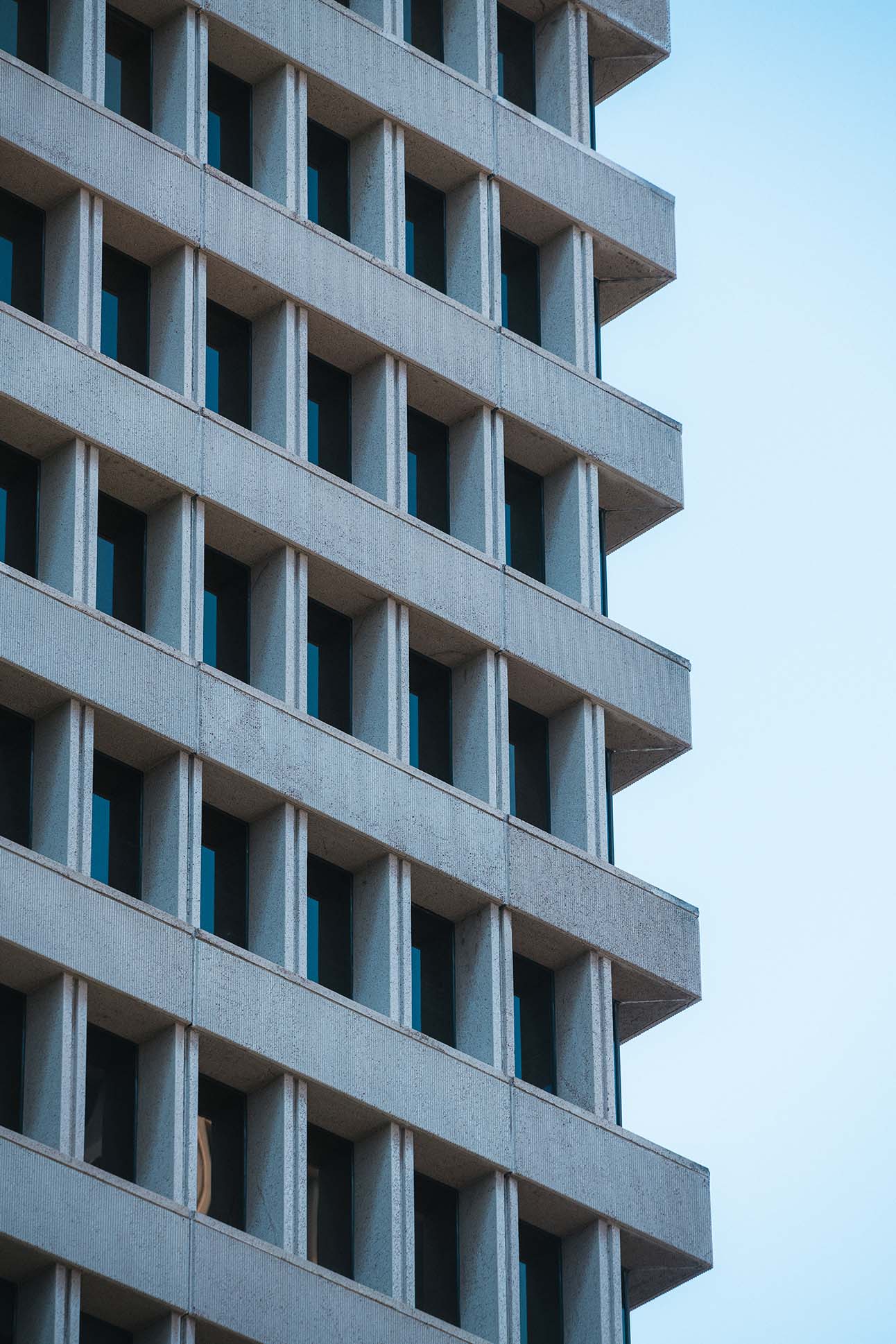

The writer Jerusalem Demsas has documented the ways in which aesthetics and concerns about gentrification have become conflated, and not just among design critics. On TikTok, Demsas found that #gentrification brings up countless “posts criticizing modern homes for mostly aesthetic reasons.” One video, captioned “honestly, so ugly,” critiqued an affordable housing project in Camden, New Jersey, for being what the user assumed was a “gentrification building,” mostly based on its size and color scheme. Commenters piled on, with this quip collecting tens of thousands of likes: “why is it ALWAYS h&r block green?” Contemporary architecture and fears of gentrification have “simply become inextricable,” Demsas wrote in 2021.
Aesthetic-based opposition to new housing isn’t confined to TikTok. Throughout the country, historic preservation boards and design review panels regularly reject proposals for new apartment or condominium buildings on architectural grounds—the proposed building is too tall, or too large, or too contemporary to meld with the existing neighborhood.
The aesthetic in question has become so common that in 2023, the New York Times published an article titled “America, the Bland.” The style has birthed a whole array of derogatory descriptors, which fellow design writer Patrick Sisson compiled for Curbed in 2018: Minecraftsman, McUrbanism, developer modern, contemporary contempt, lo-mo (low modern), and, what has arguably become the most enduring: fast-casual architecture. If you live or have spent time in Honolulu, you’ll recognize the style from Hale Mahana, the pixelated, gray-and-white-paneled apartment building at the intersection of University and King — or, yes, from Ke Kilohana, the condo tower with the yellow “sky lanai.”
Maybe we already have what we need. Maybe what looks like an abandoned newspaper office is actually future workforce housing.
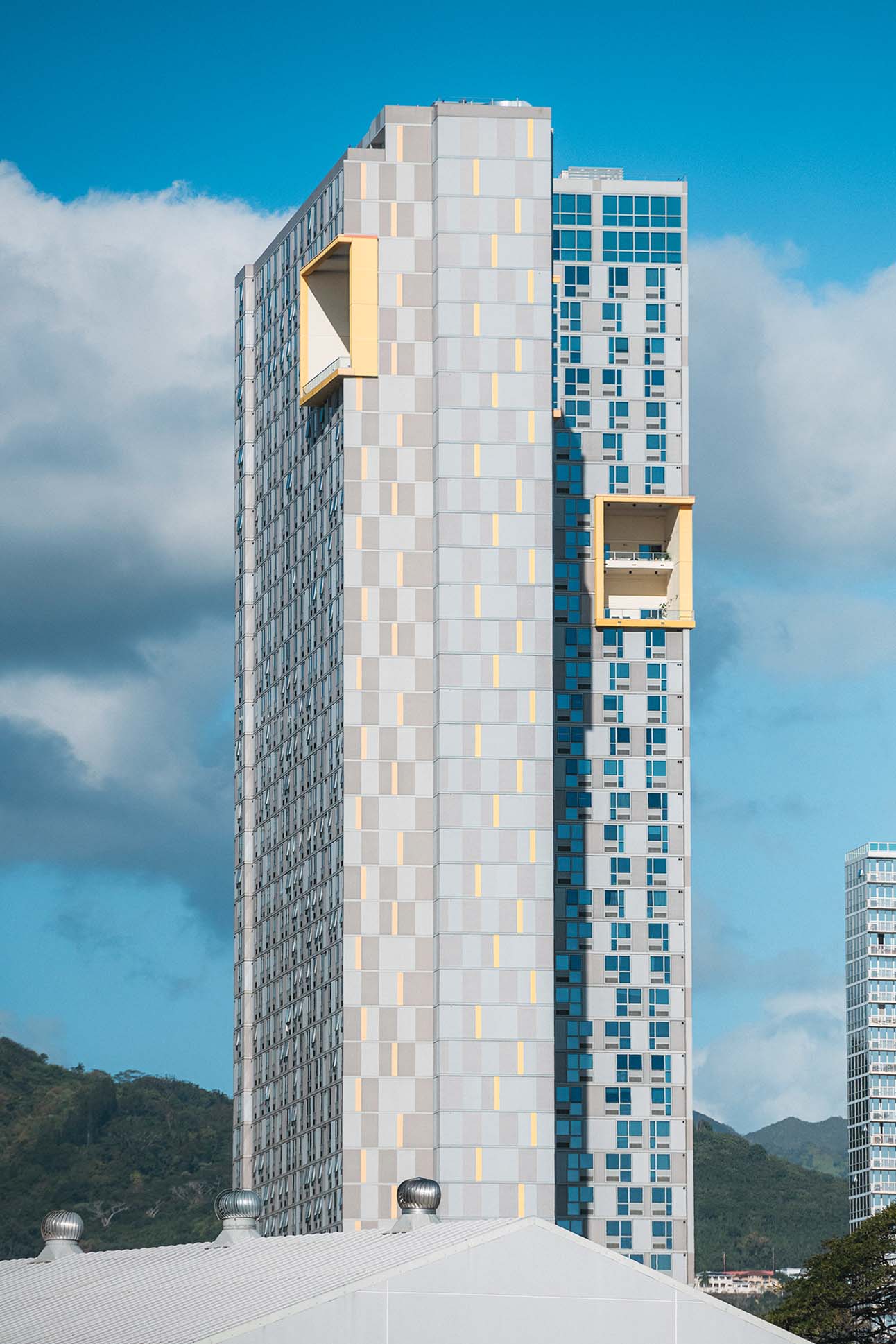

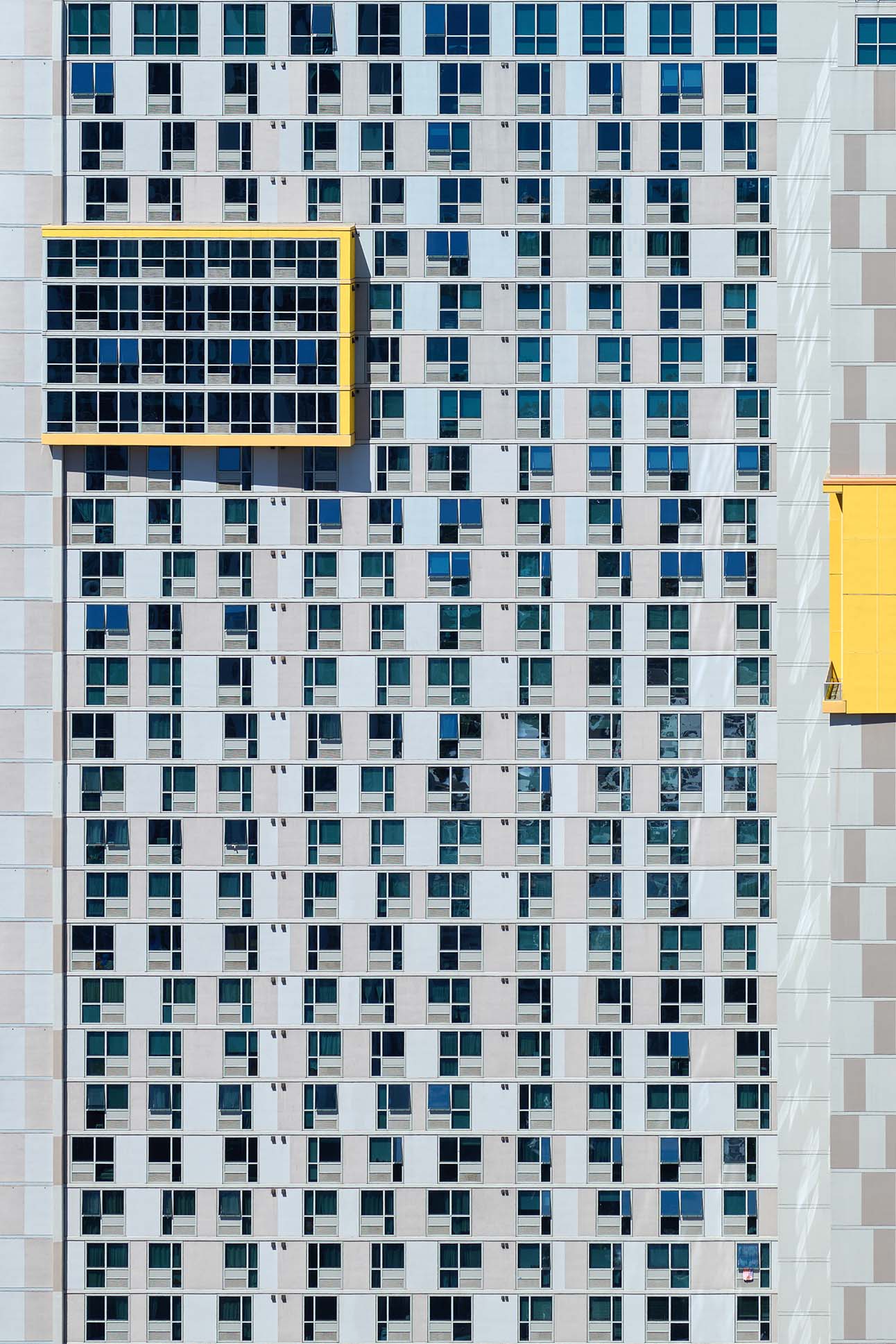

Ke Kilohana 988 Halekauwila St.
I have a certain respect for the idea that animates Ke Kilohana’s high-altitude amenity spaces: the inversion of conventional developer logic, which typically reserves the highest floors for the highest-paying tenants. But I can’t in good faith argue that the building is beautiful. The not-quite-staggered, not-quite-straight lines of windows; the chaotic splatter of colors and materials; the deadening effect of a seven-story podium (most of which is parking) — the whole thing feels cheap and strange, like it was built in the sad, plasticky environs of the Metaverse. Honestly, Minecraftsman sounds better.
The architecture critic Kate Wagner has warned that opposition to new housing on stylistic grounds is an example of “aesthetic moralism,” the belief that one style of building is better suited or more appropriate to a place than other styles. This distracts us, she writes, from debating the underlying forces making housing unaffordable and, in a lot of places, unbuildable. But, if the war against new housing — particularly affordable housing — is going to be waged in aesthetic terms, then style matters. The look and feel of new housing can be either an ally or an enemy in its very materialization.
I’m not about to argue that kowtowing to residents’ (often petty) complaints should stop us from building new housing, and I’m not suggesting that politically difficult policy reforms — particularly on subjects like zoning and rent control — aren’t necessary if we’re to solve the affordability crisis, in Hawai’i and elsewhere. But I do think this moment offers a chance to invest in a building practice, and general design and urban development philosophy that can circumvent this kind of aesthetic opposition while also preserving layers of Hawaiʻi’s history and avoiding unnecessary carbon emissions: adaptive reuse.
Adaptive reuse is a wonky term that simply means converting a structure from one use — say, a warehouse — to another, such as condos or a coworking space. It’s basically recycling, but at the scale of entire buildings. The practice isn’t new, even in Hawaiʻi: The old circuit courthouse in Wailuku, Maui, was adapted into office space and a museum in the mid-1990s. Our old apartment building, Lili‘uokalani Gardens, began its life as vacation rentals marketed to Japanese tourists. And most of Kakaʻako’s galleries and artist studios occupy spaces built for manufacturing or warehousing goods. But adaptive reuse is beginning to catch on in an even bigger way, in part due to the rise of remote work and the subsequent emptying out of offices. As of 2022, a majority of architectural billings come from renovations of existing buildings, not the design of new ones. A full quarter of that work is on adaptive reuse projects.
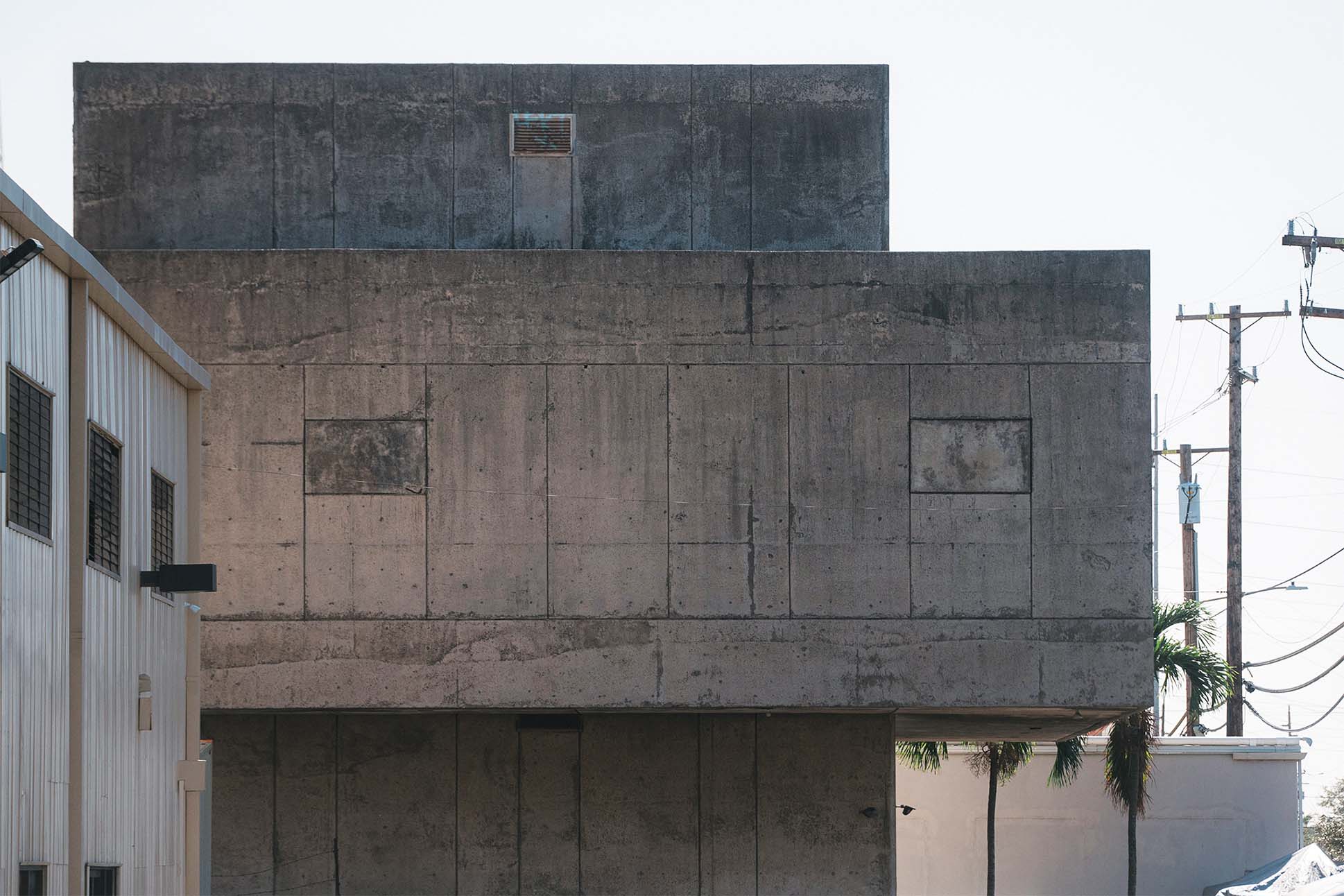

Hawaii Hochi Building 917 Kokea St.
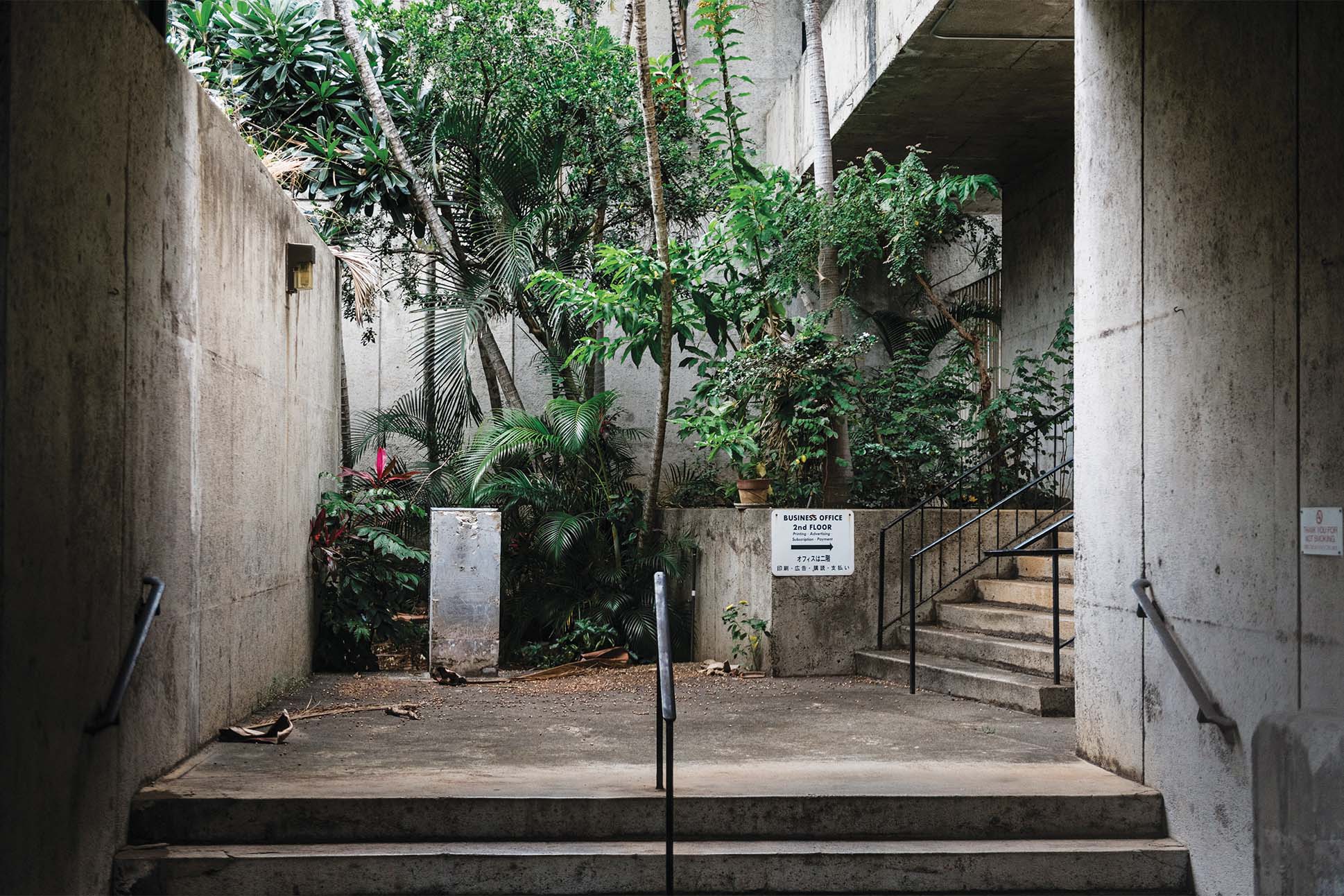

In architecture, adaptive reuse refers to the process of renovating an existing building, often vacant historic structures, for a new purpose other than its original intended use.
“The office vacancy issue happened even before the pandemic, with technology and just different lifestyles. The pandemic just sped up that trend,” said Janice Li, a Honolulu-based architect and studio director for Lowney Architecture, which also has offices in Oakland and Los Angeles. Li and her team are currently working to convert the bulk of Davies Pacific Center, a Brutalist office building at the corner of Bishop and King streets designed by the late Honolulu architect Steve Au, into residences.
Li and other architects who have worked on adaptive reuse projects in Hawaiʻi say it offers a quicker, less costly pathway to more affordable housing for the islands because converting an office building into apartments avoids the time-consuming work of conducting an environmental assessment, preparing the building site, and erecting the structure. Some researchers have estimated that the construction costs of adaptive reuse projects can be as much as 48 percent lower compared to new construction. These savings theoretically can produce housing that a wider swath of the population can afford. I say “theoretically” because our current system doesn’t guarantee that those cost savings will be passed on to potential buyers or renters. At Davies Pacific Center, for instance, all of the housing units will be sold at market rate.
The financial picture is just one benefit of adaptive reuse. Another is its ability to avoid the public handwringing that often accompanies new housing. The struggle to create affordable, dignified housing isn’t confined to the spreadsheets of loan officers or the computer screens of architects. It plays out in the public sphere. Many of the barriers are social or political in nature, whether it’s basic NIMBY-ism or the understandable distrust residents have for real estate developers. But people rarely protest a building that’s already there. “I would say that that is one of the primary benefits of adaptive reuse,” Jonathan Helton of the Grassroots Institute of Hawaiʻi told me. He points to Hocking Hale in Chinatown, which is currently being converted from office space to affordable housing. “I haven’t heard of anyone who’s coming out and complaining about it.”
The office vacancy issue happened even before the pandemic, with technology and just different lifestyles. The pandemic just kind of amplified or sped up that trend.
Janice Li
Repurposing buildings from the past also guarantees a more heterogeneous urban landscape, avoiding the placelessness that people seem to associate with “fast-casual” architecture, and offers opportunities to preserve spaces that hold important cultural memories. Not long ago I interviewed Brent Leggs, the executive director of the African American Cultural Heritage Action Fund, about the value of preserving the past. He told me that the loss and erasure of African American historic places is its own kind of trauma. Watching buildings and spaces that had served as safe gathering places, or had been places of great community pride or simply part of the background of everyday life, become derelict or disappear has psychological ripple effects on the communities who claim them.
For many residents of Honolulu, loss and erasure has been the defining experience of their relationship to the city, from the destruction of fishponds and loʻi kalo in the early 20th century to the intentional torching of Chinatown in response to fears of the bubonic plague. Despite government protections for the most significant places, in Hawai‘i, the wrecking ball still seems to swing with the regularity and precision of a pendulum, leaving gaps in communities’ collective memory.
As an architect raised in Honolulu, Dean Sakamoto has an intimate understanding of these effects. “When you clear a site, or you take something down that’s been there for a long time, it’s catastrophic change,” he told me recently. “There’s not much difference between building demolition and a war[zone], when you think about it, physically. A bomb hitting a building or a building being knocked down — it’s catastrophic.” Sakamoto worries that history will continue to repeat itself unless we begin to see the built environment differently: as part of a cultural fabric that can either be tossed aside or rewoven into something even stronger and more beautiful, a tapestry that contains threads of both the present and the past. “I think part of our responsibility as architects is to help society see what’s overlooked and to re-establish value,” he said.


Hocking Building 2 North King St.
Sakamoto has become something of a poster boy for adaptive reuse in Honolulu. He’s at work converting a former office building in downtown Honolulu into a teaching lab for Hawai‘i Pacific University and even recently purchased Chinatown’s Liberty Bank building, designed by Vladimir Ossipoff in 1952, which he plans to use as an office for his organization, SHADE Institute, as well as for cultural events and programs. His latest effort has been co-leading an architecture studio at Yale University that explores turning Hawaii Hochi building, designed by Pritzker Prize-winning architect Kenzo Tange for the Japanese-language newspaper in 1972, into workforce housing.
Sakamoto’s mother grew up in Kalihi just down the street from the building. “My grandmother used to read the Hawaii Hochi in Japanese religiously. She would say, ‘Where’s my Hochi?’ and you’d have to go find it for her.” The paper, and its sister publication, the Hawaiʻi Herald, moved to a new building in 2022, and today the building sits vacant. Sakamoto is pushing Kamehameha Schools, which owns the building, not to tear it down. “I [told them], there’s three reasons why you gotta save this thing. Number one, you’ll look really bad, environmentally, because all that sequestered carbon gets thrown away. Number two, it’s going to cost you a lot of money to demolish this thing. And number three, this [area] was a Japanese-American enclave. There’s a cultural memory of that.”
Adaptive reuse is not a cure-all for Hawai‘i’s housing woes. Despite its growing popularity, it remains a niche practice in a niche discipline, and not all buildings are well-suited to become housing. But the idea of recycling our buildings gestures toward a larger ethic of resourcefulness and circularity and even to ideas about abundance. Maybe we already have what we need. Maybe what looks like an abandoned newspaper office is actually future workforce housing. Maybe we honor the past — good and bad — when we take the time to consider how a space might be given new life, rather than bulldozed into
the ground.
Perhaps the word to describe this next century’s economic aspiration should not be “growth,” but “adaptability.” In the same way that once-brittle systems must become more flexible and responsive in a time of climate chaos, perhaps our conception of housing must become equally malleable.

